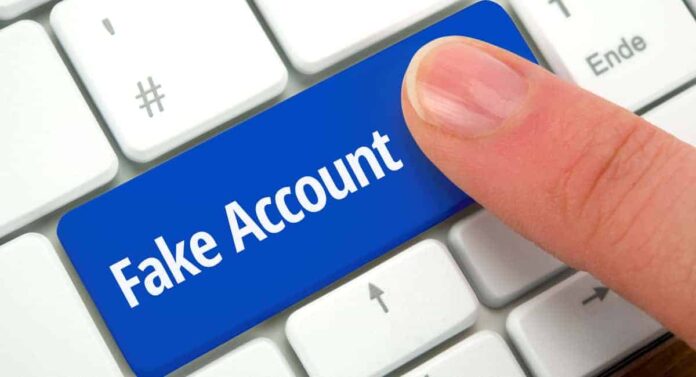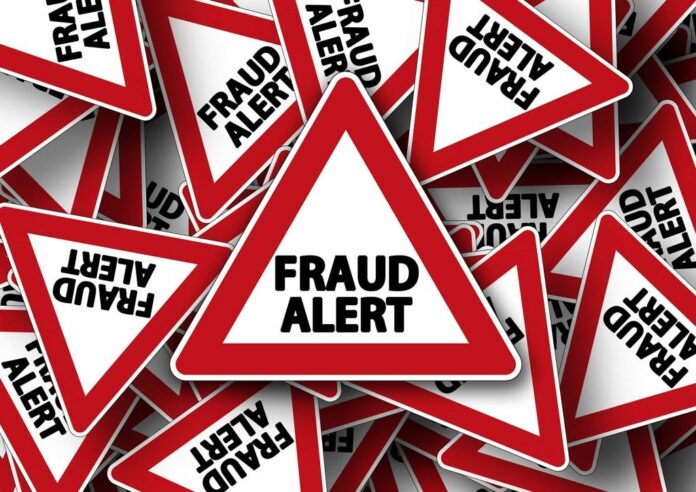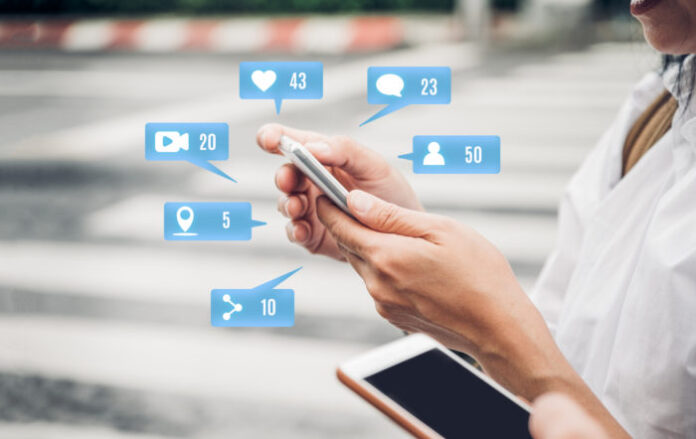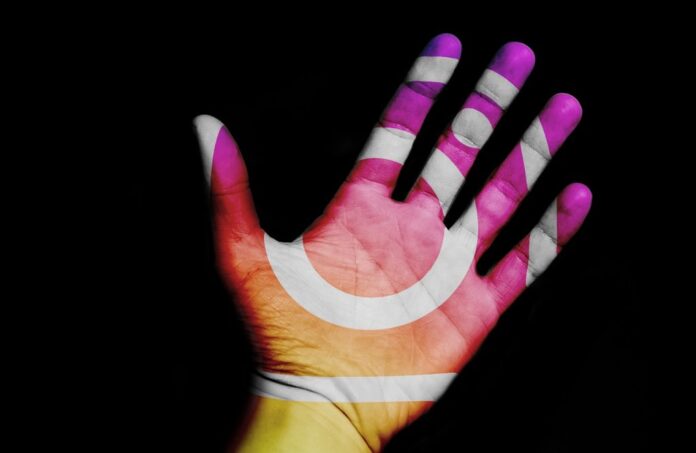Fake accounts are nothing new on social media platforms. Instagram is one of the most popular social media platforms and has remained in the top five for many years. However, the platform is also prone to fake accounts. This is why Instagram has strict rules against fake, spammy, or bot accounts. They frequently ban thousands of accounts suspected of being disingenuous. However, more keep popping up. What’s the goal of these fake accounts and how can you identify them?
In this article, we’ll take a closer look at fake accounts on Instagram and their uses. We’ll also discuss how certain tools, like an Instagram profile scraper, can be used. For example, an IG profile scraper can help you identify fake influencers. Keep reading to learn more about fake Instagram accounts.

What Are Fake Accounts?
As the name suggests, fake accounts aren’t created by real people or businesses. Often, these accounts assume the identity of another person or business. There are mainly two types of fake accounts – catfish and bot accounts. Catfish accounts impersonate or pretend to be another person. Bot accounts are run with bots so that they can automatically interact with posts on the platform.
Fake Instagram accounts or Finstagrams are on the rise, and they have a direct impact on the everyday user. Whether you’re an individual or a business using the platform, illegitimate accounts can have varying effects on your experience. For one thing, they can make useless or unrelated comments on your posts. Seeing these types of comments can negatively affect the experience of your followers.
What Is Influencer Fraud?
Influencer fraud is when a person buys fake accounts to make it appear that they have a large following. On the surface, it looks like this user has built up a loyal following, making them seem like a great option for influencer marketing.
With influencer marketing becoming a great way for businesses to market their brand or products, there’s money to be made by those that have a large following. However, it takes time, commitment, and dedication to build a following. That’s why these fraudsters use Finstagrams, as it makes their profile look influential quickly.

Who Uses the Most Fake Accounts on Instagram?
It’s estimated that approximately one out of ten Instagram accounts are fake. This means that out of the estimated 1 billion accounts on Instagram, 95 million of them are fake. Of this, 90% of the accounts are used for marketing, whereas the remaining 10% can have other motives.
So, how are these fake accounts used for marketing? Businesses can buy Finstagrams in order to artificially inflate their following. By doing this, their content appears more sought after and Instagram will start promoting the account on more feeds. This is a quick and easy way for businesses to build a following quickly.
Influencer marketing is also not devoid of fake accounts. Since influencer marketing has become such a great strategy for businesses, certain individuals are using Finstagrams to benefit from this. By buying fake accounts, a person can make themself appear influential. This is a type of con. The fake account makes legitimate businesses believe they have a connection with their audience that’s built on trust. However, since most of the accounts are fake, this influencer won’t make much of a marketing impact.
How to Spot a Fake Account?
There are a few different ways to identify Finstagrams. This is especially important if you’re considering partnering with an Instagram influencer.

Follower to Engagement Ratios
One of the first things you can check is their follower-to-engagement ratios. If an account has 10 000 followers, but only gets a handful of likes or comments on its posts – this is suspicious. To make this process easy, you can use an Instagram profile scraper to collect details about their followers and engagement.
Credibility
Credibility is very important when it comes to influencers. This credibility is part of what makes influencer marketing such a successful strategy. You can do a regular Google search using the person’s name to see what comes up. Do they have other social media accounts that match their Instagram? Do they seem to be a credible person to reach out to? If they’re legitimate influencers, chances are that they’ll have other social accounts with similar viewpoints.
References
If you’re still unsure, ask for references. Remember, influencer marketing is a business strategy. As such, you’re well within your rights to ask for references to show whether you’ll be a compatible match and to verify the authenticity of the influence.
Insights and Statistics
You should also ask for a copy of their most recent account insights and statistics. Most legitimate influencers have business accounts on Instagram which provides them with in-depth account insights.

The consequences of using or buying fake followers on Instagram
Using or buying fake followers on Instagram may seem like a quick fix to increase one’s popularity, but it can have serious consequences. Firstly, Instagram’s algorithm detects and penalizes accounts with fake followers, leading to a decrease in visibility and engagement. This can harm the credibility of an account and negatively impact its reputation. Moreover, having fake followers undermines the authenticity of the platform and contributes to its overall decline in trustworthiness.
Additionally, using fake followers violates Instagram’s terms of service and could result in account suspension or termination. In short, the short-term gains of using or buying fake followers are not worth the long-term damage they can cause to an account’s reputation and success on Instagram.
Final Thoughts
Most of the fake accounts on Instagram are used for business – in particular, marketing. This is not a major threat to users and is more of an annoyance than anything else. However, the remaining 10% can have detrimental effects such as influencer fraud, identity theft, spreading fake news that affects politics, and more. That’s why it’s important to report and ban fake accounts.









